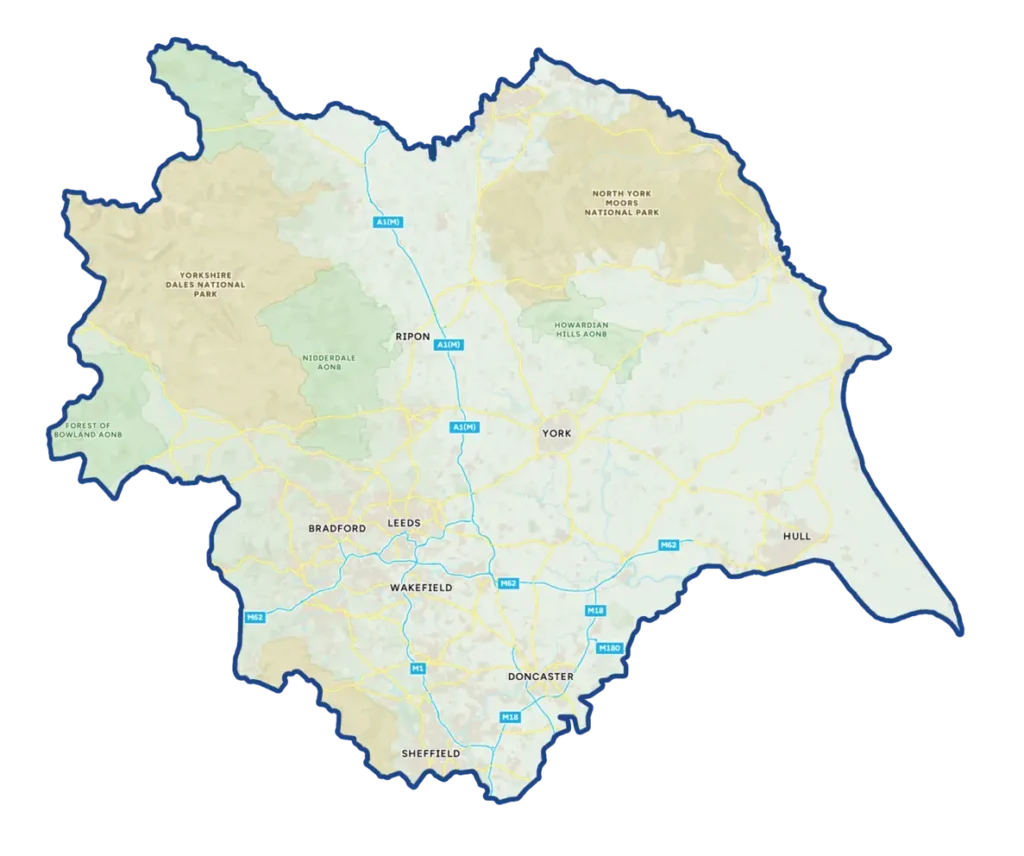
Sandal Castle
Perched on a hill overlooking the River Calder, Sandal Castle is a ruined medieval fortress with a dramatic past. Originally built in the 12th century, it later became a stronghold of the powerful House of York during the Wars of the Roses. It was here, in 1460, that Richard, Duke of York, met his end at the Battle of Wakefield, a turning point in the conflict. Though largely dismantled after the Civil War, the castle’s earthworks and stone remains still offer sweeping views and a poignant glimpse into England’s turbulent history.
Explore in 360°
Immerse yourself in the full 360° landscape by clicking and dragging with your mouse or swiping with your finger to pan around the scene. For the best experience on mobile, rotate your device to landscape and tap full screen. Select Commentary, Natural Ambiance, or Relaxing Music from the dropdown below to customise your audio experience.
More Information
Sandal Castle, overlooking the River Calder near Wakefield, has witnessed centuries of political intrigue, power struggles, and bloodshed. First established in the early 12th century by the de Warenne family, the original motte-and-bailey structure was gradually rebuilt in stone, evolving into a formidable fortress by the 13th century. Strategically positioned to control the surrounding area, the castle featured strong curtain walls, defensive towers, and a prominent keep, serving as both a military stronghold and a noble residence.
Its most dramatic chapter came during the Wars of the Roses, when Sandal became closely tied to the fortunes of the House of York. On 30 December 1460, Richard, Duke of York, father of the future King Edward IV, led his forces from the castle to engage the Lancastrians at the nearby Battle of Wakefield. The battle ended in disaster for York, who was killed alongside his son Edmund, earning the site a lasting place in English history.
Though it remained significant into the Tudor period, Sandal Castle fell into decline by the 17th century. During the English Civil War, it was briefly garrisoned by Royalist troops before being slighted, intentionally damaged, to prevent further military use. Today, only the foundations and fragments of walls remain, but the site retains its commanding presence over the surrounding landscape.
Now a scheduled monument, Sandal Castle invites visitors to explore its earthworks, interpretive displays, and panoramic views. More than just a ruin, it stands as a quiet witness to the rise and fall of dynasties, and the enduring legacy of one of England’s most turbulent eras.


